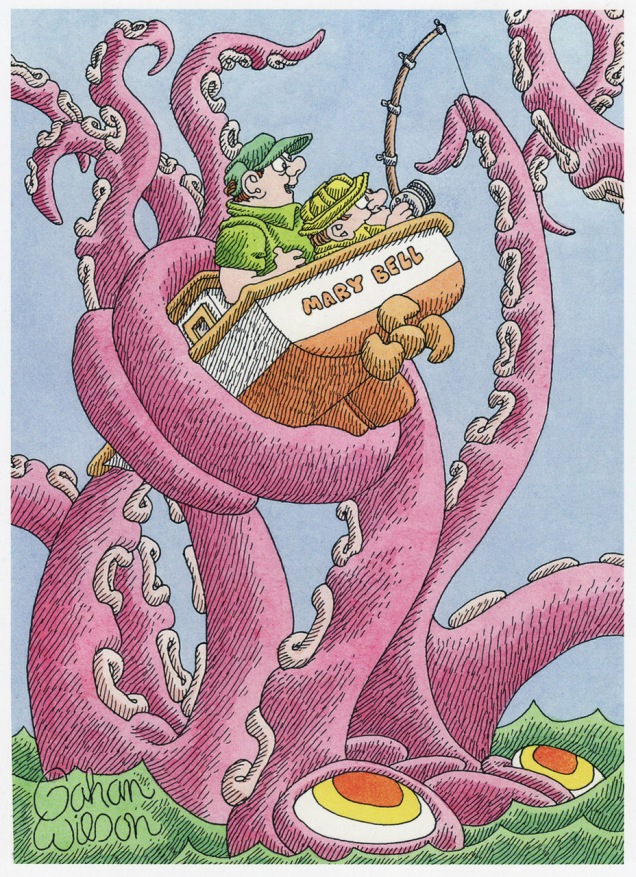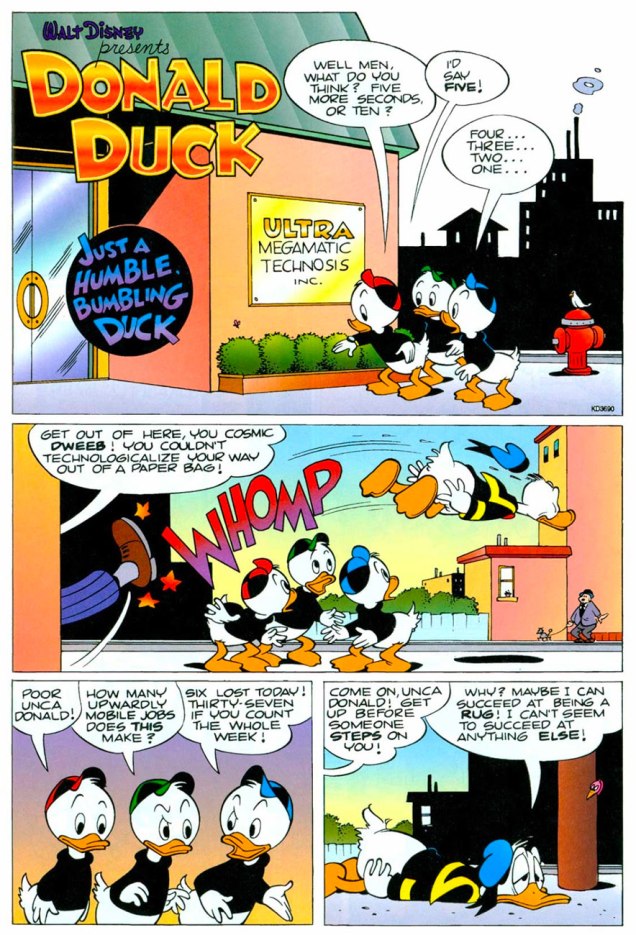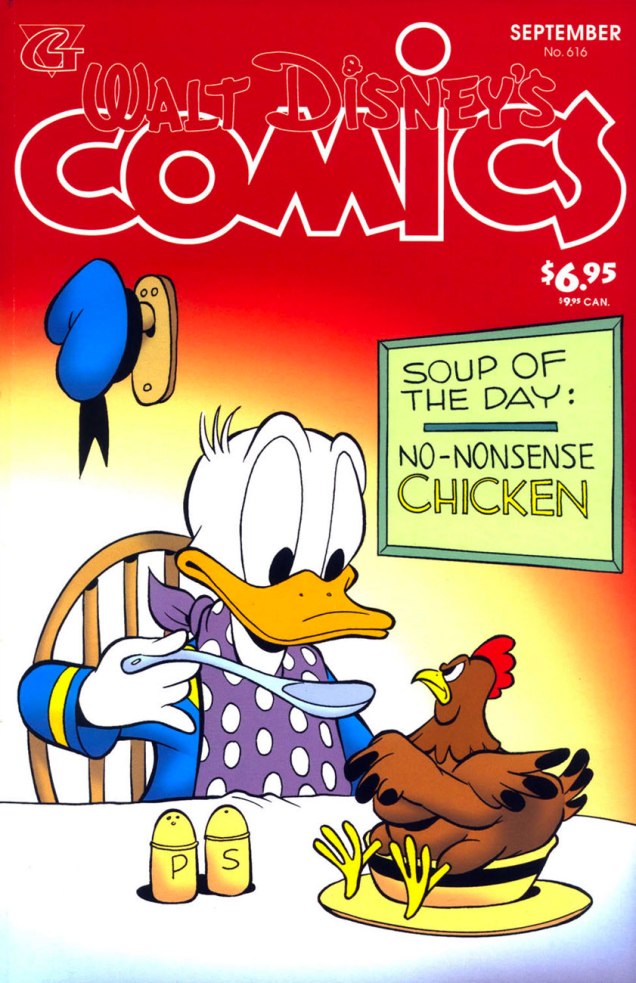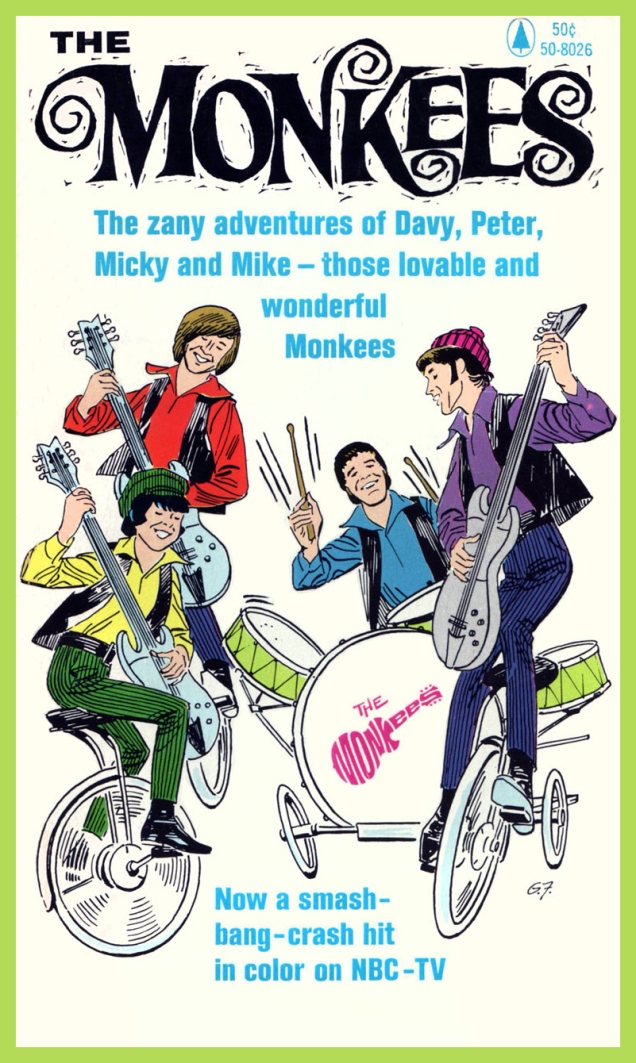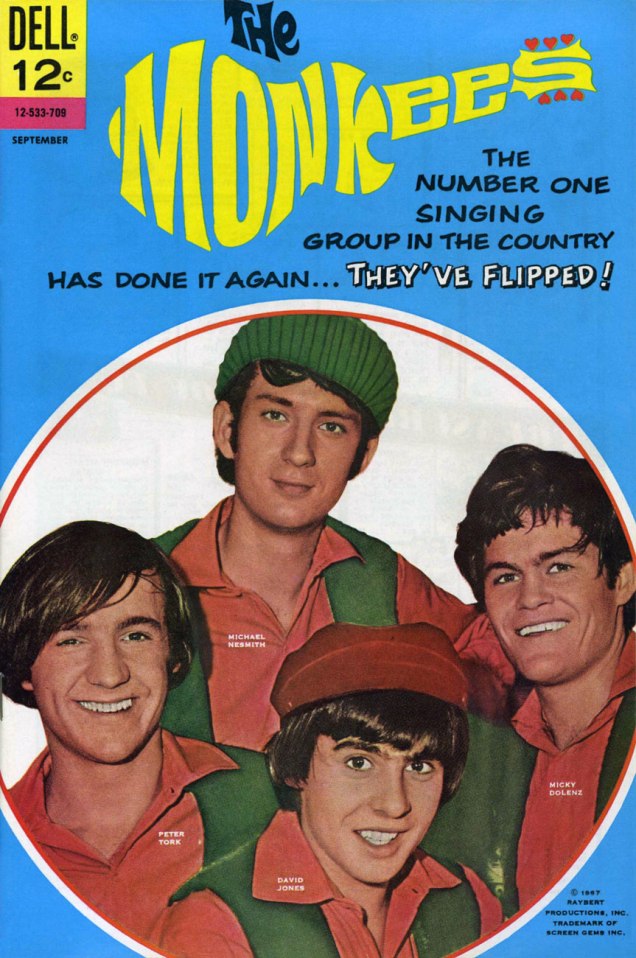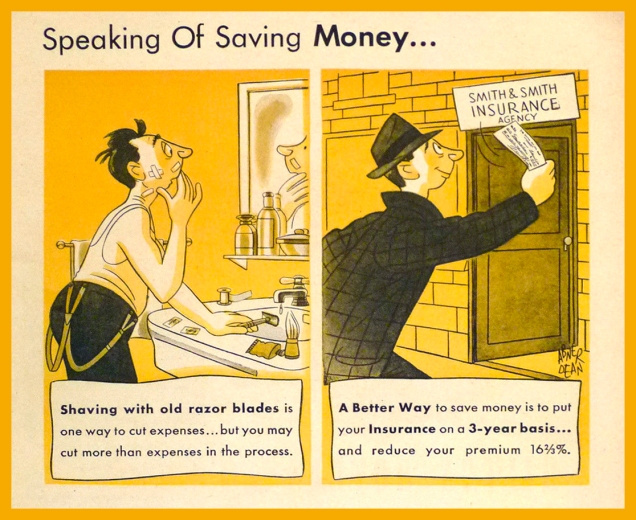When one thinks of tentacles, one generally thinks of Japan. Did you know that Germans appear to be equally obsessed with them? “Obsession” is the only way I can explain the following post, in which the same hero trips over tentacles with depressing regularity. And I thought Conan encountered tentacles too often for statistical probability (see here and here).
When Gespenster Geschichten (ghost stories), a major comic book series from the publishing house Bastei Verlag, proved to be an unqualified success, it was decided to bring a second horror child into the world in the shape of Spuk Geschichten (spooky stories). The latter, though not quite as long-lived as its sibling, still spanned an impressive 492 issues running between between 1978 and 1995. (For comparison, Gespenster Geschichten lasted from 1974 to 2006.)

Both series are easy to recognize thanks to brightly coloured, if not to say garish, covers. The insides, as far as I’ve been able to ascertain, were a mixed bag: some reprints (mostly of American material), some original stories by German artists and writers. I’m rather fond of the loud, red SPUK that’s part of the Spuk Geschichten logo. Rather than reminding me of the English “spook”, it seems like an onomatopoeia: “spuk!”, goes the tentacle slapping some yielding female flesh, “SPUK!”, as it smacks a young man across his chest and sends him flying, topsy-turvy, into the bushes.

Onward to the gallery of Tentakel! We’ve got green, vaguely apelike monsters…


And a whole family of purple, tentacled atrocities….

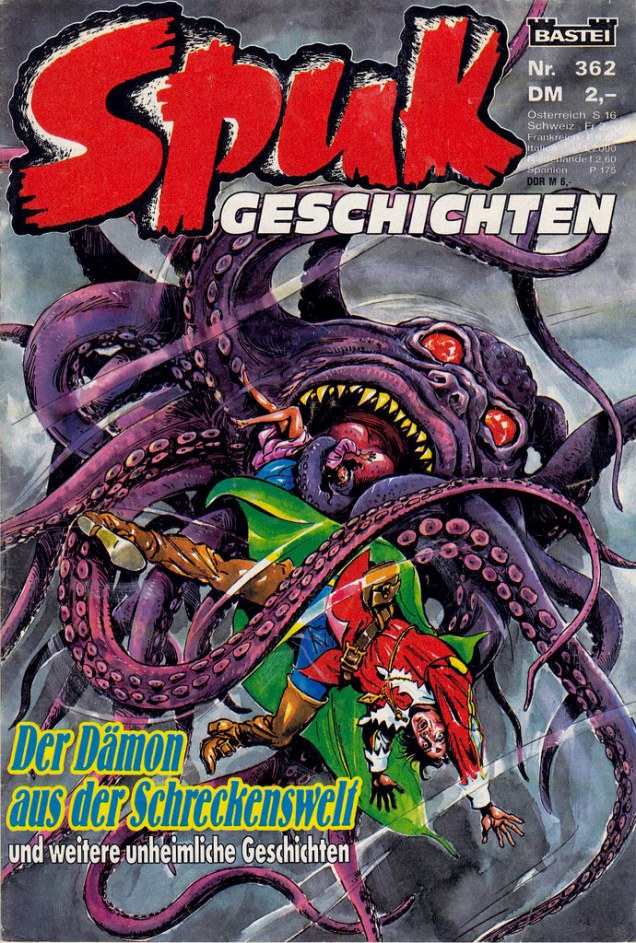


And other assorted tentacular nonsense: gorillas, plants, lizards, female sailors with multiple grabby appendages…





Through all this, why is the main character still surprised to see a monster with tentacles? One would think he would be profoundly blasé about the whole thing by now, elegantly fending off tentacled creatures while politely covering his yawn with a carefully manicured hand. You think I’ve exhausted the tentacle arsenal of Spuk Geschichten? Ha!

And there’s more, but I’m running out of time, space, and, frankly, any interest. In terms of attaching tentacles to completely inappropriate creatures – and a lot of people have tried -, I think Spuk Geschichten reigns supreme in diversity and just, well, sheer numbers.
~ ds
*as usual, writing about comics written in a language I mostly do not understand is tricky. If I’ve committed any faux-pas, please correct me, dear readers!





